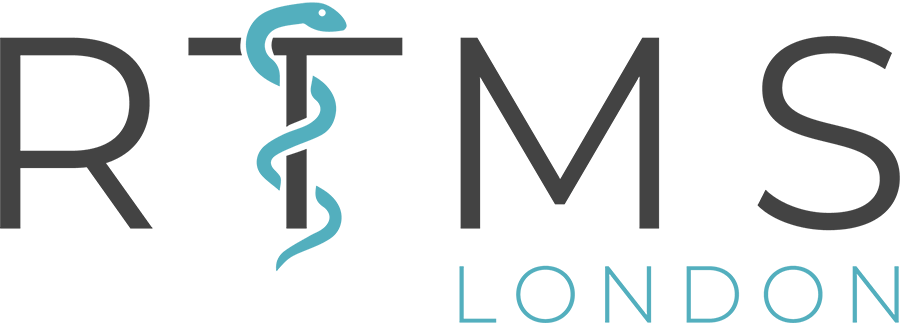
What is MST?
What is Magnetic Shockwave Therapy and how does it Work?
Magnetic Shockwave Therapy* (MST) is a painless, non-invasive treatment approach that initial research suggests may help a number of conditions in the body. These range from common complaints such as low back pain[1] and neck/shoulder aches[2], all the way to neurological issues[3] and even rehabilitation after stroke[4].
The technique involves delivering a series of pulses to the affected part of the body, which causes the nerves in the area to respond, triggering a small, painless twitch in the muscle. Unlike electrical stimulation, no electric current passes through electrodes on the skin, allowing it to even work through clothing, meaning that there is no need to undress. MST has also been found to target deeper structures than electrical stimulation, allowing it to be used on difficult to reach areas, such as the nerves in the lower back.

Most of our patients report immediate benefits from treatment, but one of the most exciting discoveries about Magnetic Stimulation Therapy is that the effects appear to be much more than short term pain relief. Studies have found that the treatment may actually lead to healthy adaptations in the brain, possibly explaining why the effect has been found to last longer than other, similar techniques[5].
Many people are justifiably apprehensive when they think about some kind of electromagnetic device being used on their body, however, once people experience MST their fears quickly go away. The treatment is entirely painless, and many people actually report the rhythmic pulsing of the muscle to be quite relaxing. The treatment will be given by a trained specialist, who will work with you to ensure that you are always comfortable, and that the device is being used to target exactly the right areas.
The safety record of magnetic stimulation is excellent. The only people who we do not treat are those who have metal or electrical devices implanted in their body, such as cardiac pacemakers or aneurism clips, or people with epilepsy. One of our experts will thoroughly screen you before treatment to ensure that the technique is suitable for you.

Comparisons are often made between MST and other treatment such as Shockwave therapy and TENS. To read about how these different therapies compare, click here.
*MST is also known as repetitive Peripheral Magnetic Stimulation
[1] Lim, Y. H et al. (2018). Effects of Repetitive Peripheral Magnetic Stimulation on Patients With Acute Low Back Pain: A Pilot Study. Annals of rehabilitation medicine, 42(2), 229–238. https://doi.org/10.5535/arm.2018.42.2.229
[2] Smania, N et al (2005). Repetitive magnetic stimulation: a novel therapeutic approach for myofascial pain syndrome. Journal of neurology, 252(3), 307–314. https://doi.org/10.1007/s00415-005-0642-1
[3] Leung, A et al (2014). Transcutaneous magnetic stimulation (TMS) in alleviating post-traumatic peripheral neuropathic pain States: a case series. Pain medicine (Malden, Mass.), 15(7), 1196–1199. https://doi.org/10.1111/pme.12426
[4] Krewer, C et al (2014). Effects of repetitive peripheral magnetic stimulation on upper-limb spasticity and impairment in patients with spastic hemiparesis: a randomized, double-blind, sham-controlled study. Archives of physical medicine and rehabilitation, 95(6), 1039–1047. https://doi.org/10.1016/j.apmr.2014.02.003
[5] Beaulieu, L. D., & Schneider, C. (2015). Repetitive peripheral magnetic stimulation to reduce pain or improve sensorimotor impairments: A literature review on parameters of application and afferents recruitment. Neurophysiologie clinique = Clinical neurophysiology, 45(3), 223–237. https://doi.org/10.1016/j.neucli.2015.08.002
Get in touch


